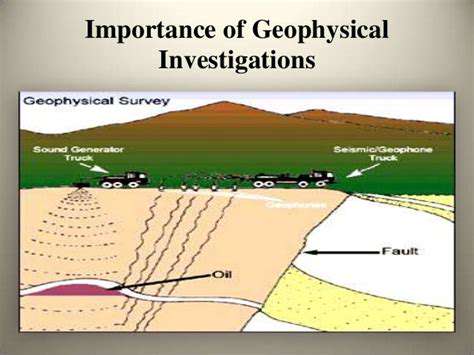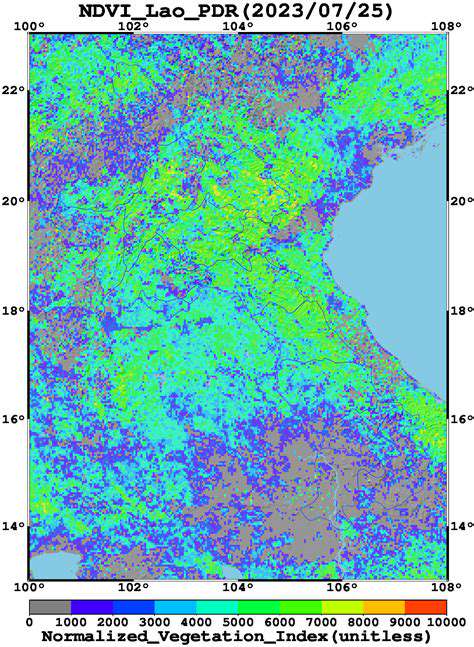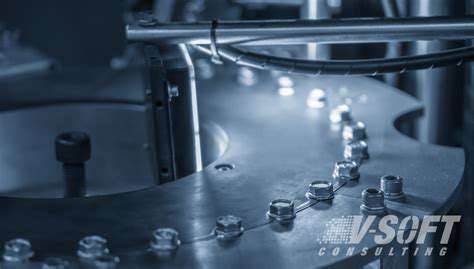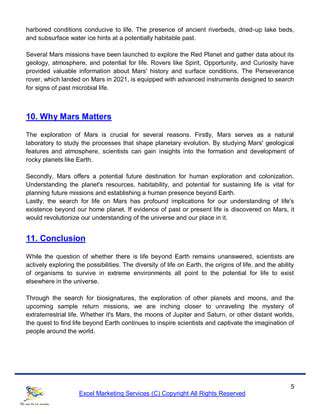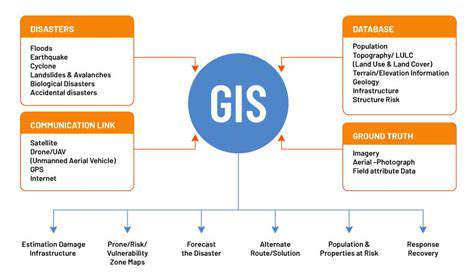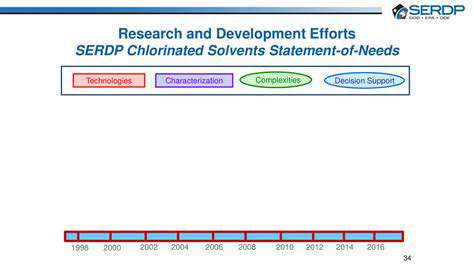The Advantages of Orbital Assembly over Ground-Based Construction
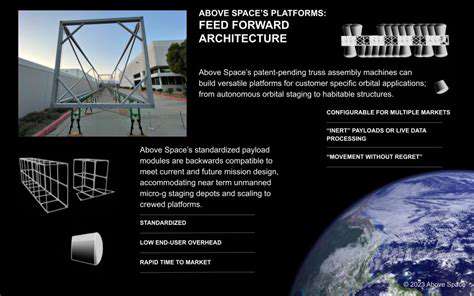
Reduced Costs
Orbital assembly offers the potential for significant cost reductions compared to traditional on-Earth manufacturing. By moving manufacturing to the microgravity environment of space, many material handling and logistical constraints are eliminated, leading to substantial savings in transportation and labor costs. This is especially true for large structures, where the sheer weight of materials and the complexity of Earth-based assembly procedures often drive up costs exponentially. Furthermore, the availability of readily-accessible raw materials in space could further reduce the overall manufacturing expenses.
The lower material costs associated with procuring resources in space, coupled with the efficiency gains from the absence of gravity, could lead to a dramatic shift in the cost-benefit analysis for many projects. The potential for a more sustainable and efficient industrial base in space is a critical advantage to consider for the future.
Improved Efficiency
The absence of gravity in space allows for unparalleled precision and efficiency in manufacturing processes. This is especially beneficial for creating complex shapes and intricate structures, which are often difficult to achieve with traditional manufacturing methods on Earth. The ability to manipulate materials in a microgravity environment enables greater control over the final product's design and characteristics, leading to a superior end result.
Moreover, the elimination of logistical bottlenecks related to material handling and assembly in space significantly boosts manufacturing output. This efficiency translates to faster production times and reduced project timelines, which is a crucial factor in many industrial applications. This increased efficiency can be further enhanced by robotic automation, leading to even more streamlined and cost-effective production processes in space.
Enhanced Materials
The unique conditions of space, particularly the microgravity environment, can be leveraged to create materials with superior properties compared to those produced on Earth. This is due to the absence of gravity-induced stresses and the ability to control the crystal structure of materials, leading to higher density and enhanced strength. This allows for the creation of materials that are stronger, lighter, and more resistant to damage.
The ability to create novel materials in space opens up new possibilities for various industries, including aerospace, construction, and manufacturing. These advancements could lead to the creation of materials with unprecedented properties, which would have a profound impact on many aspects of modern technology.
Reduced Environmental Impact
Orbital assembly offers a compelling solution to the environmental challenges associated with traditional manufacturing processes. Minimizing the need for Earth-based transportation of raw materials and the associated emissions significantly reduces the carbon footprint of the entire manufacturing process. This is particularly beneficial for industries with high environmental impact, such as aerospace and construction.
By moving manufacturing into the space domain, we can effectively mitigate the environmental consequences of our industrial activities on Earth. This offers a sustainable alternative for the future of manufacturing, minimizing our impact on the planet and allowing us to create and operate more sustainable industries.
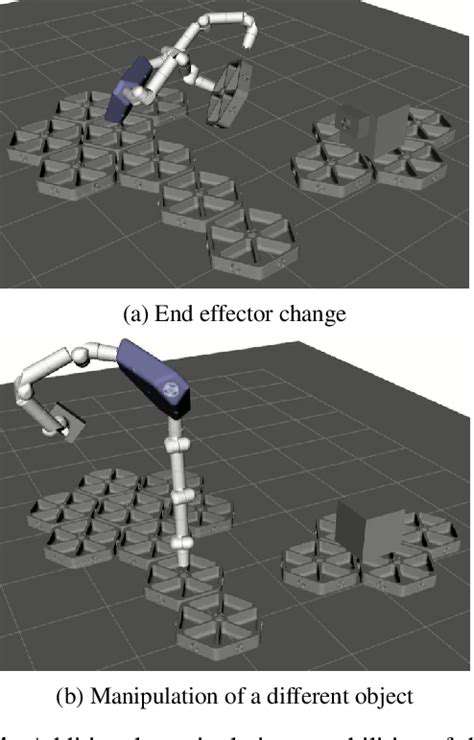
Logistics and Supply Chain in Space
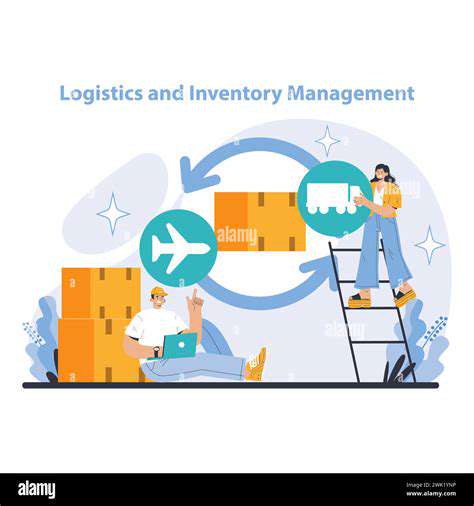
Orbital Transportation Challenges
The logistics of transporting materials and equipment into space present unique and substantial challenges compared to terrestrial supply chains. The distances involved are immense, requiring advanced propulsion systems and efficient spacecraft designs. The sheer cost of launching payloads into orbit also significantly impacts the feasibility and economics of various space-based operations. Orbital trajectories and docking procedures are critical elements that must be meticulously planned and executed to ensure safe and reliable delivery of cargo.
Furthermore, the harsh conditions of space, including extreme temperatures and radiation, necessitate robust protective measures for the cargo during transit. These factors directly influence the design and construction of spacecraft and the choice of materials used.
Space-Based Warehousing and Storage
Establishing and maintaining space-based warehouses or storage facilities presents a significant engineering hurdle. The availability of suitable locations, the ability to manage and maintain the required infrastructure, and the capacity for receiving, storing, and retrieving payloads are key considerations. Developing robust and reliable space-based storage solutions is crucial for long-term space exploration and utilization. Spacecraft design must incorporate mechanisms for efficient cargo handling and storage within the constraints of the spacecraft itself.
Managing the inventory and retrieval of stored items from these facilities in orbit is also a significant logistical concern. This requires sophisticated automated systems and remote control capabilities for optimal efficiency and safety.
Interplanetary Supply Chains
Scaling logistics to encompass interplanetary travel presents an entirely new level of complexity. Not only are the distances exponentially greater, but the time required for transit and communication significantly impacts supply chain management. Reliable and rapid communication protocols are essential for coordinating activities across vast distances. The need for in-situ resource utilization (ISRU) becomes paramount, as it minimizes the reliance on Earth-based supplies and reduces the overall logistical burden.
Resource Management and Utilization
Efficient resource management is critical for sustaining long-duration space missions and establishing sustainable space-based operations. The ability to extract, process, and utilize resources found on celestial bodies is a key component of future space exploration. This includes optimizing the use of water, oxygen, and other essential materials discovered on the moon, asteroids, and other planetary bodies. Developing and implementing effective resource management strategies is essential to reduce reliance on Earth-based resources and enable self-sufficiency in space.
Proper planning and coordination are crucial in resource management. This includes determining the specific resources needed, the optimal extraction and processing methods, and the efficient distribution of these resources throughout the space mission. These techniques will significantly impact the sustainability and long-term viability of future space settlements.
Sustainability and Environmental Considerations
Sustainable practices are paramount for the future of space logistics and supply chains. Reducing the environmental impact of space missions, including minimizing waste generation and ensuring responsible resource utilization, is crucial. Minimizing the amount of waste generated during launch and operation is critical to preserving the pristine environment of space. This includes strategies for recycling and repurposing materials and developing closed-loop systems that minimize the environmental footprint of space operations.
Ongoing research and development in these areas will be vital for the long-term success and sustainability of space exploration and utilization.
Future Applications and Potential Impacts
Orbital Construction and Expansion
The ability to assemble spacecraft in orbit opens up extraordinary possibilities for expanding our presence in space. Imagine large-scale structures, like space stations, solar power satellites, or even asteroid mining platforms, constructed piece-by-piece in orbit, utilizing robotic arms and automated systems. This approach significantly reduces the enormous logistical challenges and costs associated with launching massive components from Earth, allowing for the creation of more complex and ambitious space-based infrastructure. The potential for rapid expansion and deployment of these structures is transformative, enabling us to develop space-based industries and research facilities far more efficiently than current methods allow.
Beyond the immediate benefits of cost reduction and speed, this orbital construction capability will foster a new era of space exploration and utilization. It will allow us to tackle projects that were previously considered impractical, such as establishing permanent lunar bases or even sending humans to Mars. Having the ability to construct in space will unlock opportunities for advanced manufacturing and resource utilization, potentially paving the way for the extraction of valuable materials from asteroids and the utilization of lunar resources, which are often difficult or impossible to access from Earth.
Advanced Space Telescopes and Observatories
Space-based assembly allows for the creation of incredibly large and sophisticated telescopes and observatories, impossible to build and launch as a single unit from Earth. By assembling these instruments in orbit, we can overcome the limitations of atmospheric interference, enabling unprecedented clarity and detail in astronomical observations. These advanced space telescopes could potentially revolutionize our understanding of the universe, leading to discoveries about distant galaxies, exoplanets, and the origins of the cosmos.
The ability to assemble these complex instruments in orbit also enables the integration of multiple instruments and technologies into a single system. This could lead to a synergistic effect where the capabilities of individual instruments are enhanced by the interconnectedness of the entire system. For instance, a large-scale telescope could be integrated with specialized instruments for spectroscopy, imaging, or other specific observations, leading to a more comprehensive and detailed understanding of the objects being studied.
Resource Utilization and Space-Based Industries
The potential for resource utilization in space is enormous, and space-based assembly significantly enhances this potential. With the ability to construct facilities in orbit, we can establish industries for the processing and refining of lunar or asteroid materials, creating a self-sustaining space economy. This could involve extracting valuable elements like helium-3 for fusion power or metals for constructing future space infrastructure.
Moreover, the creation of space-based industries could lead to the development of innovative technologies and materials that would have significant applications on Earth. The unique environment of space, with its microgravity and vacuum, allows for the creation of new materials and manufacturing processes that are not possible on our planet. These advancements could translate to breakthroughs in various fields, from medicine to electronics, creating a virtuous cycle of innovation and economic growth.

